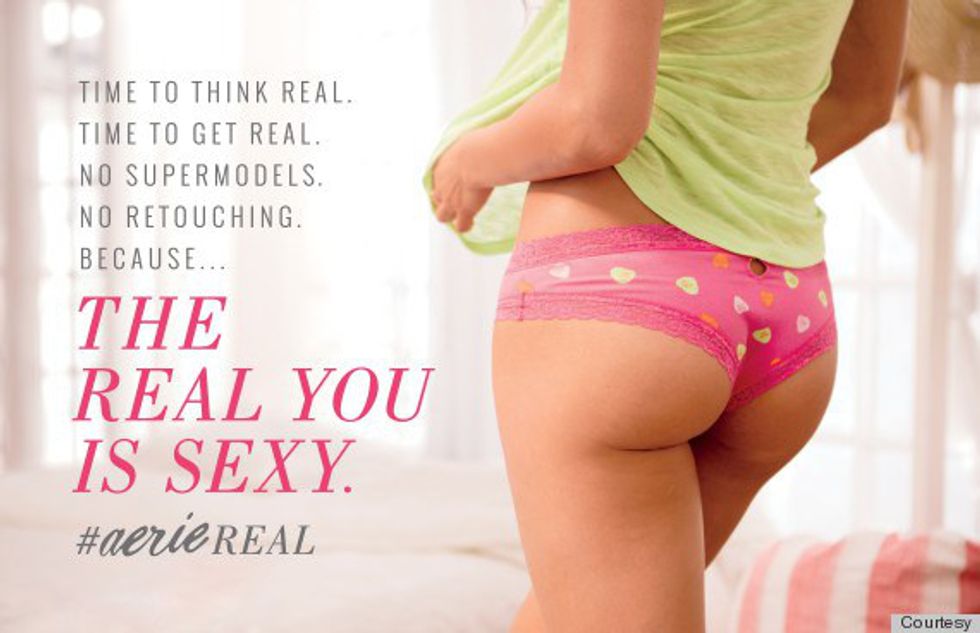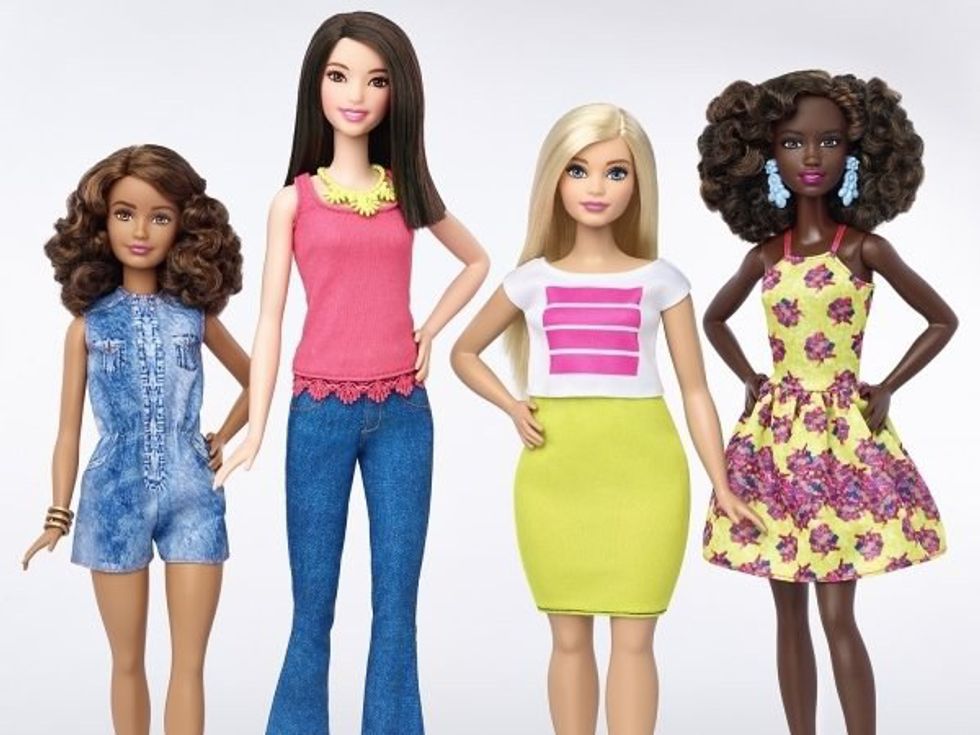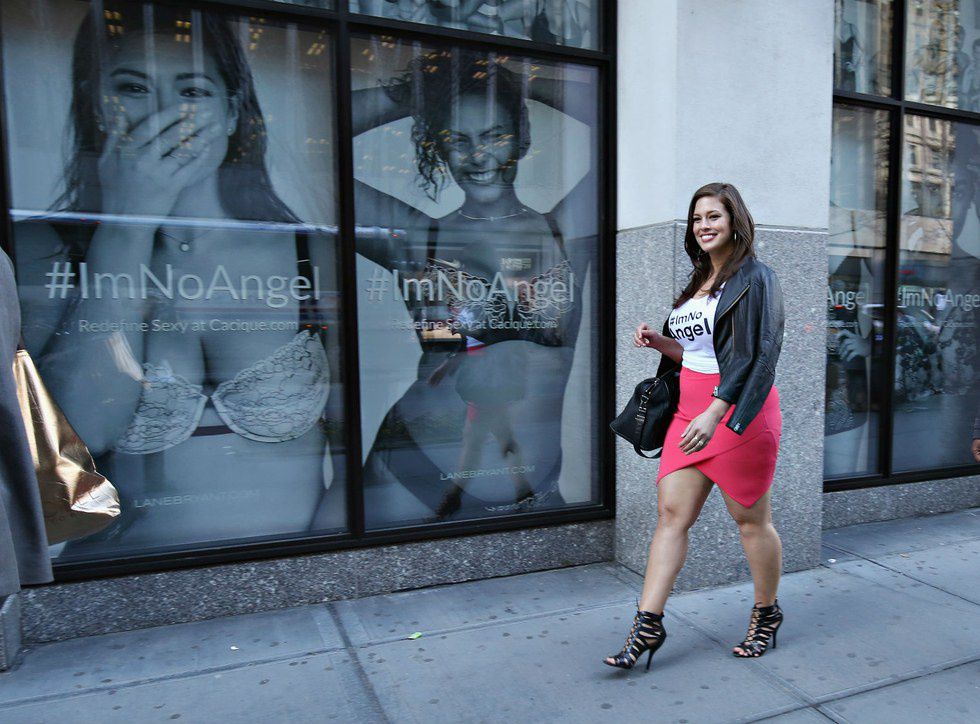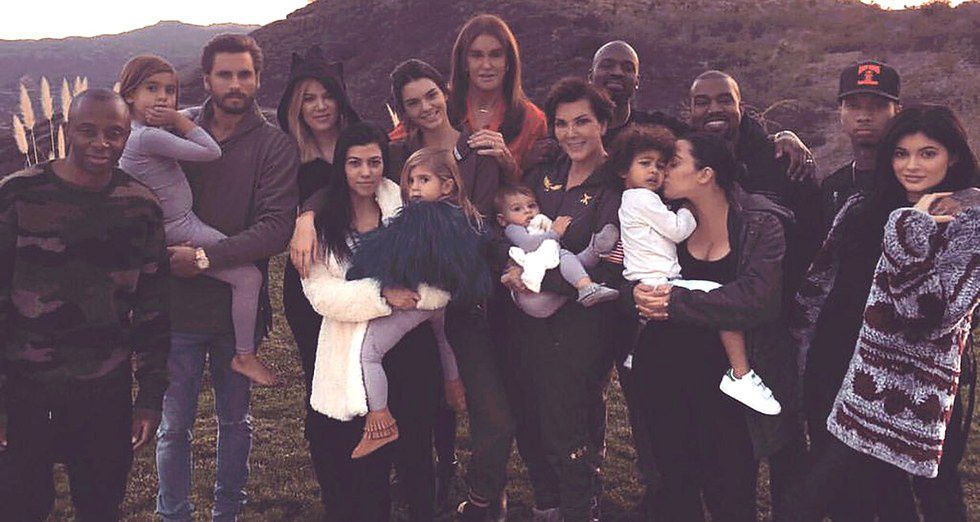We all know the time-old tale: Media is notorious for displaying a small minority of both men and women, which consequently defines how we value, judge and ultimately hate ourselves. Both women and men are shown unobtainable standards from a young age. As we grow older, we may find ourselves more and more distant from the world of people considered "beautiful" by mainstream media. For women, there's merely sizes zero to eight, and then "plus size." I bring this topic up not to annihilate "media," but to explain that there's something really awesome happening, and that we should all pay attention to it: body activism. Here's what you need to know about how "plus size" models are revolutionizing both fashion and media, to make "plus size" actually mean my size.
I should begin by admitting that this isn't breaking news. Aerie launched a campaign almost two years ago proclaiming that their bra and underwear models are not "retouched" by Photoshop, and that they have bodies similar to real women. Check it out.
Pretty cool, right? I love that while half of the advertisements for similar companies implore that we need to get "beach body ready," this reminds me that I'll look great no matter what. Even if this is only one company, their primary audience is girls aged 15-21, an age proven by research to be most definitive in overall confidence and is most influenced by images in the media. Regardless, some people were unimpressed. While these women weren't Photoshopped, they still looked beautiful, young and thin. They still didn't truly represent the average woman, according to critics. Some claimed they went with the easy win.
Then, Mattel did something major. And yes, you've probably heard about it. But a conversation on body activism cannot occur without mention of the Barbie makeover. 33 new Barbie dolls are available to young children, in three new body types (petite, tall and curvy) seven skin tones, 22 eye colors and 14 face sculpts.
This transformation was so iconic that Barbie ended up on the cover of TIME magazine. If you ask me, I'd say that's pretty rad for a doll who originally started out in 1959 as a blonde bombshell who dabbled in modeling. Even though I thought this makeover was blatantly incredible, (why weren't they around when I was young and impressionable?) professor of Gender Studies at Missouri State University Sharon Wooden has mixed feelings. She admits that the range of choices in body typeis awesome, and will certainly help to dismantle the sharply defined ideas of beauty currently prevalent. But, she claims, that dismantling has to happen everywhere, and until that happens, it's bad news bears for young girls who don't fit into the narrow world of beauty labeled by the media.
But then, something monumental happened.
Yep, that's right: "plus size" model Ashley Graham found herself smack dab on the cover of Sports Illustrated's Swimsuit Edition. "So what?" people might ask. Well, I'll tell you. When this popped up on my newsfeed, I found my jaw dropped and my eyes brimming with tears of happiness. The Swimsuit Edition, the icon for women with sex appeal, used a woman who looks like a real woman.Coming from someone who struggled a lot with aiming for the ideal body type, I felt worthless after my first year of college. I came home twenty-five pounds heavier, immensely self-conscious and desperate for someone to re-affirm that "I didn't look like I gained any weight!" According to fashion standards, as I sit at a comfortable size 10, I am considered "plus size". Like a normal woman, but "plus." Plus in what? Agony? Calories? Depression? I never felt beautiful. I never felt sexy. But then I saw this.I finally felt like who I was, and who I could realistically be, was plastered for the world to see. I reveled in it. And ladies... the best part? Ashley Graham's got a lot to say on the matter, and seeing as she was the first plus size model on the cover of Sports Illustrated Swimsuit Issue, she has the platform to say it. She considers herself to be a body activist, and she aims to put an end to the word "plus size." She explains:
"We are calling ourselves what we want to be called: women with shapes that are our own. I felt free once I realized that I was never going to fit the narrow mold that society wanted me to fit in. I was never going to be perfect enough for an industry that defines perfection from the outside in. And that's okay, rolls, curves, cellulite, all of it. I love every part of me. There is no one perfect body, because I, like you, possess a wonderfully unique and diverse physique. Now the fashion industry may persist to label me as "plus size," but I like to think of it as my size.
Inspired? Hyped? Want to learn more?
Check out Graham's TEDxTalk.
Here's an article about Graham from GLAMOUR magazine.
Here's her feature in USA Today's #InTheirWords campaign.
Her ad with Lane Bryant's #PlusIsEqual Campaign:
An interview with ABC News:
Ultimately, Ashley Graham teaches us a story on love. Regardless of our weight, size of our jeans or anything other physicality, there's something powerfully intoxicating and voraciously unstoppably about loving ourselves. We should be fully and completely ourselves without regret. We should love what we have. We should love what others have. And we should make our size...our size.




























